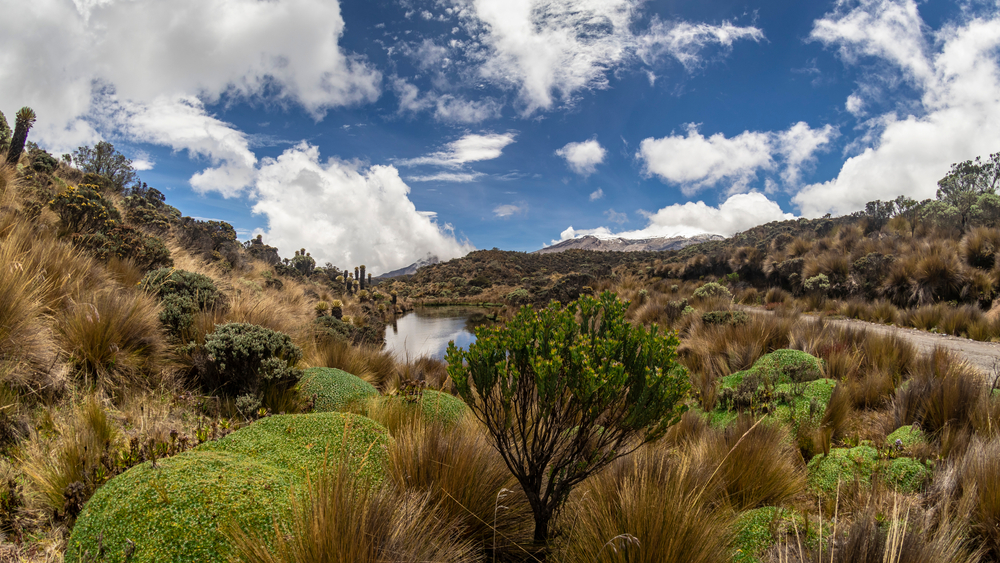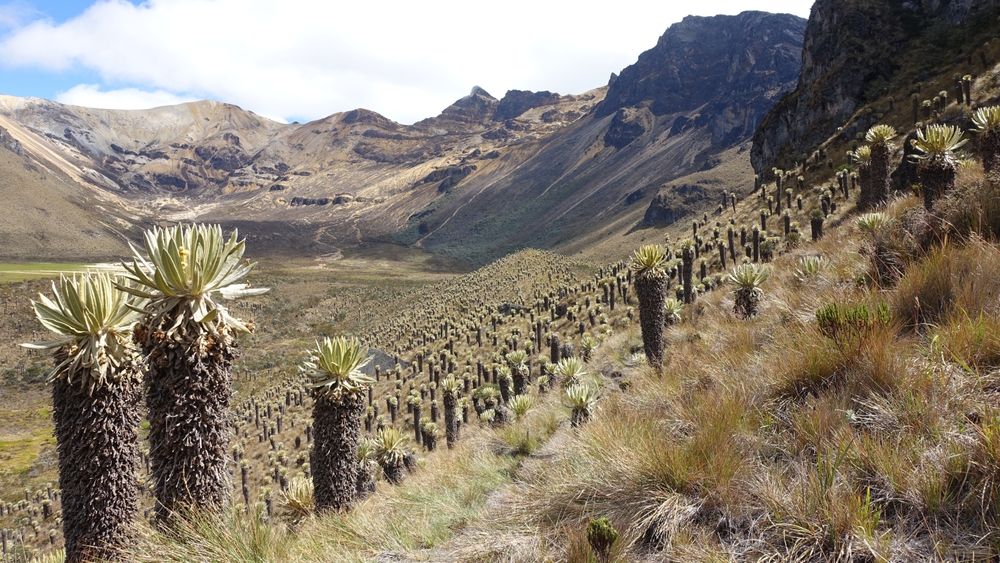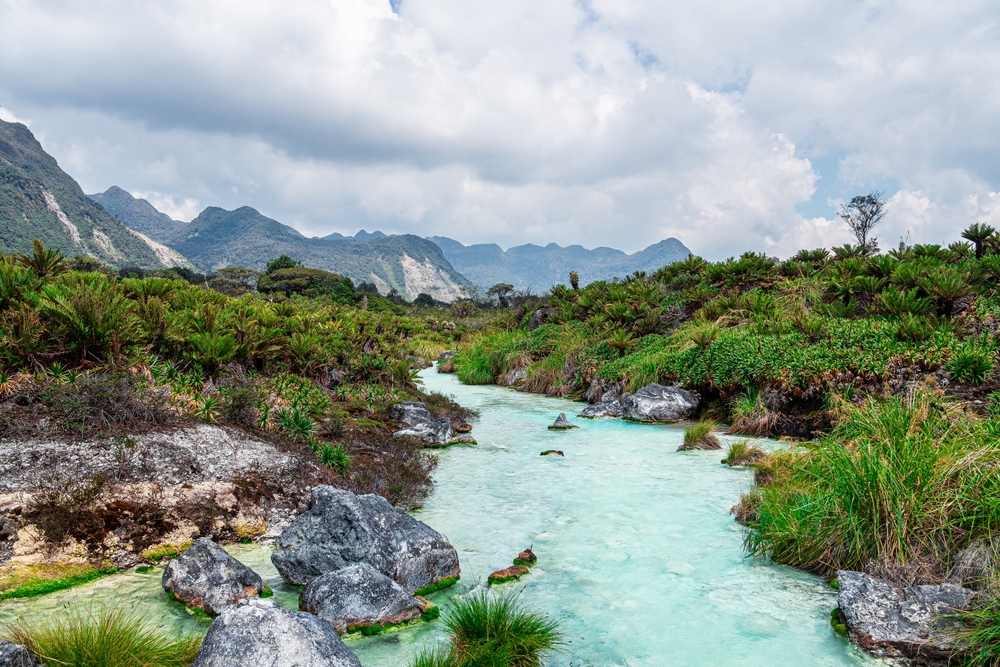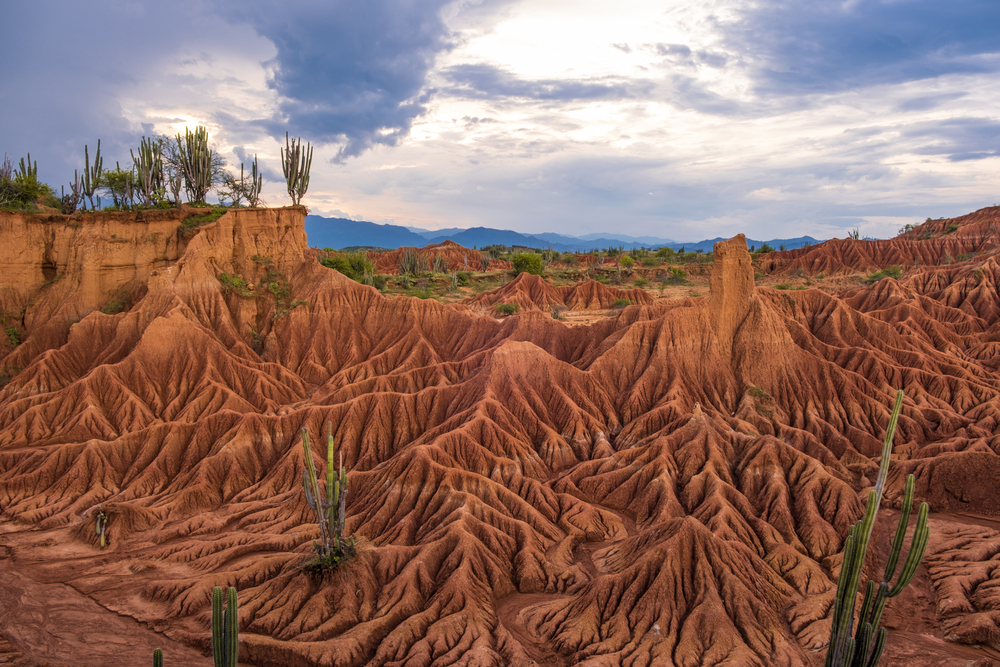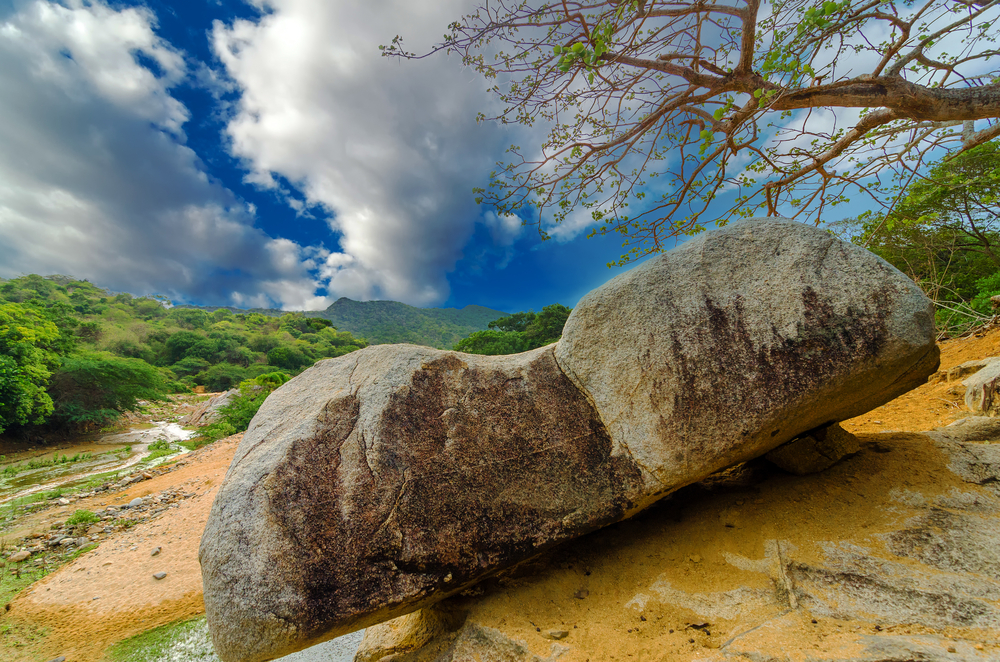Selva de Florencia colombia Overview
Selva de Florencia National Park, known locally as Parque Nacional Selva de Florencia, is located in the Caldas Department of Colombia. This protected area covers approximately 39 square miles (100 square kilometers) and is part of the Colombian Andes, specifically within the Central Cordillera.
The park’s landscape is characterized by steep mountains, deep valleys, and dense cloud forests that remain humid year-round. Rivers such as the San Bartolomé and the Risaralda carve through the terrain, feeding into larger watersheds that support surrounding communities. The park’s lush vegetation consists of towering Andean trees, ferns, bromeliads, and orchids, creating an ecosystem rich in biodiversity.
This national park is home to a remarkable variety of wildlife, some of which are endemic to the region. Among the most notable mammals are the spectacled bear, the mountain tapir, and the oncilla, a small wild cat.
The dense forests provide habitat for a diverse range of bird species, making it an excellent destination for birdwatching. Species such as the multicolored tanager, the Andean cock-of-the-rock, and the torrent duck can be spotted within the park’s canopy and rivers. Reptiles, amphibians, and a variety of insects also thrive in this environment, contributing to the park’s ecological significance.
Visitors are drawn to Selva de Florencia National Park for its pristine cloud forest and the opportunity to explore its remote, unspoiled landscapes. The park is not as heavily visited as other Colombian national parks, making it an ideal destination for nature lovers seeking solitude.
Hiking trails wind through the forest, offering breathtaking views of the mountains and valleys. Guided tours allow visitors to learn about the park’s flora and fauna while ensuring minimal impact on the environment.
Birdwatching is particularly popular, as the park hosts numerous rare and endemic species. Additionally, small waterfalls and rivers provide picturesque spots for relaxation and photography.
Conservation efforts within the park focus on preserving its unique biodiversity and protecting its watersheds. The park faces challenges such as illegal deforestation, hunting, and encroachment from agricultural activities.
However, efforts by conservation organizations and local communities aim to mitigate these threats through environmental education and sustainable land-use practices. Reforestation initiatives and monitoring programs help ensure the continued protection of this fragile ecosystem.
The success of these conservation strategies has allowed the park to maintain its ecological integrity, supporting both the wildlife and the human communities that rely on its natural resources.











































































